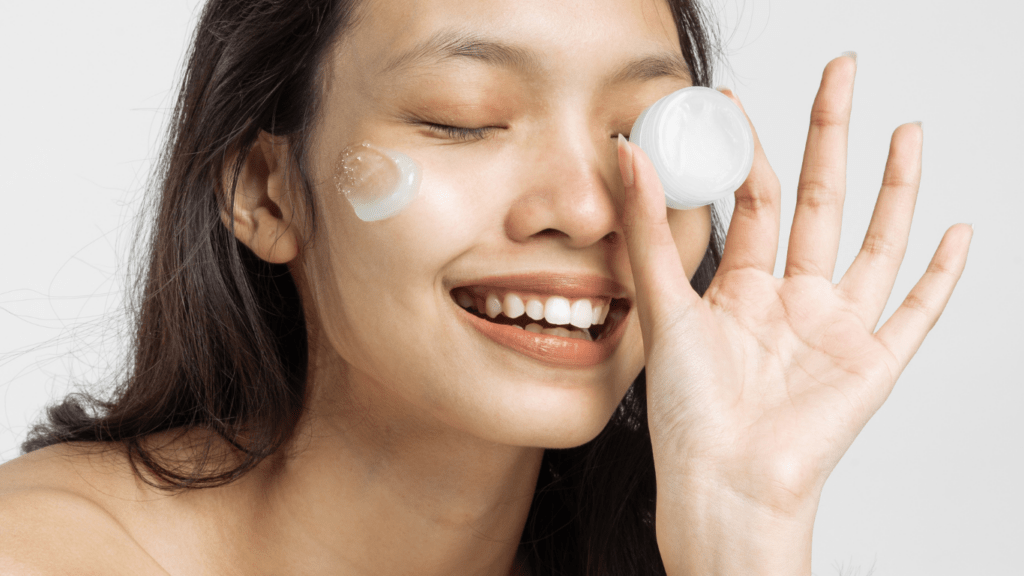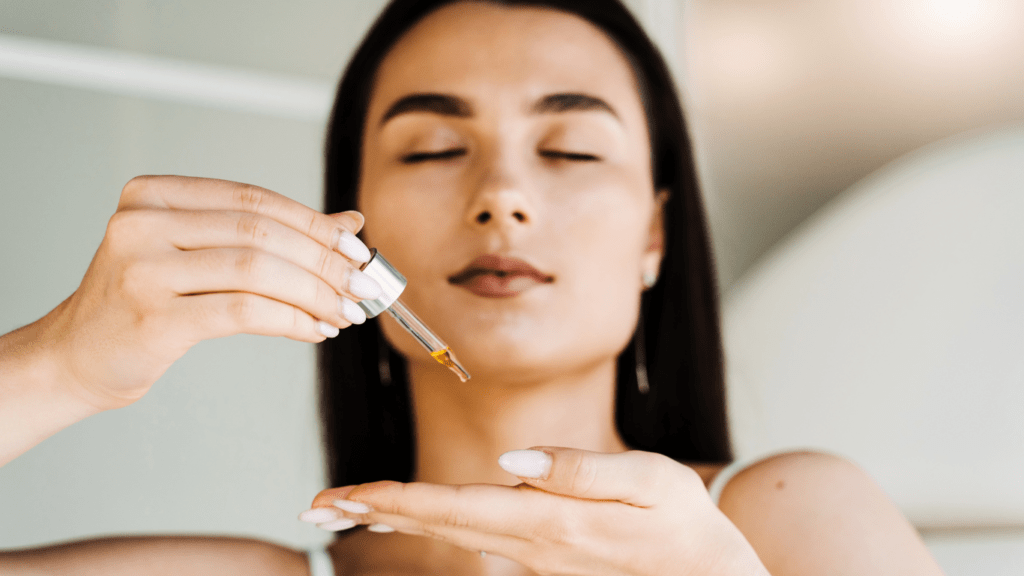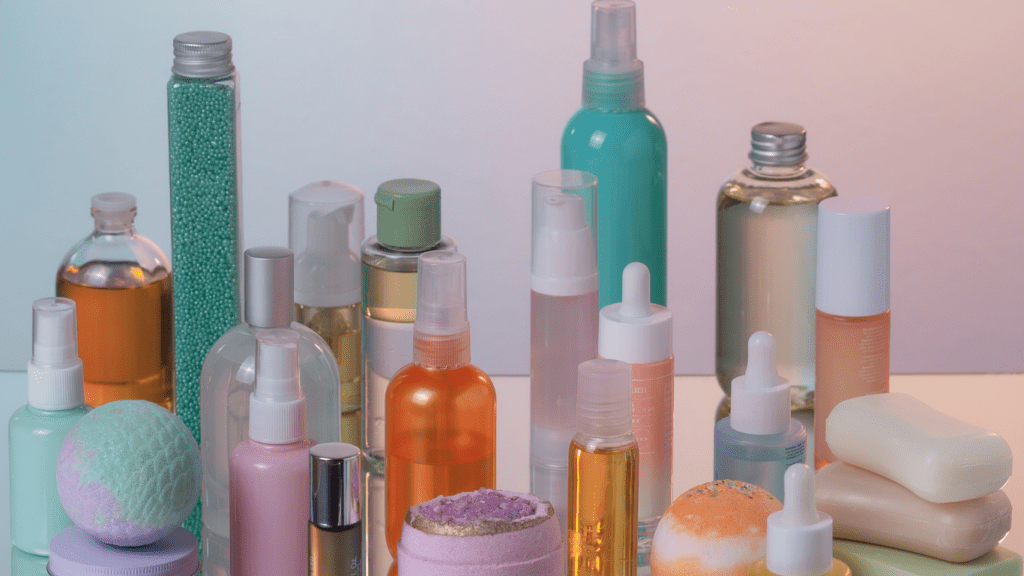Understanding The Basics Of Skincare
It’s essential to understand the basics of skincare for maintaining healthy skin. A basic routine includes cleansing, moisturizing, and sun protection. Each step addresses different skin needs and collectively promotes skin health.
Cleansing
Cleansing removes dirt, oil, and impurities accumulated throughout the day. Choosing a cleanser suitable for your skin type is crucial. For example, those with oily skin might benefit from a foaming cleanser, while individuals with dry skin should opt for a hydrating cleanser.
Moisturizing
Moisturizing maintains the skin’s hydration and strengthens the skin barrier. Look for moisturizers containing ingredients like hyaluronic acid and glycerin. Lightweight lotions work well for normal to oily skin, while richer creams benefit dry or sensitive skin.
Sun Protection
Sun protection guards against harmful UV rays, preventing premature aging and skin cancer. Use a broad-spectrum sunscreen with at least SPF 30. Reapply it every two hours when exposed to sunlight.
Additional Steps
Beyond the basics, consider integrating exfoliation and targeted treatments. Exfoliation, using gentle scrubs or chemical exfoliants, helps remove dead skin cells. Targeted treatments, like serums with vitamin C or retinoids, address specific concerns such as hyperpigmentation or fine lines.
The Importance Of Cleansing
Cleansing is a foundational step in any skincare routine. It removes dirt, oil, and impurities that accumulate on the skin throughout the day.
Choosing The Right Cleanser
Selecting the right cleanser depends on understanding your skin type. For example, those with oily skin might benefit from a foaming cleanser that can effectively remove excess sebum. Individuals with dry or sensitive skin should choose a cream or oil-based cleanser to prevent stripping their skin of natural oils. For combination skin, a gentle, balanced formula is ideal. Dermatologists recommend looking for ingredients like glycerin for hydration or salicylic acid for acne-prone skin.
How Often Should You Cleanse
Consistency in cleansing frequency is key. Dermatologists generally suggest cleansing twice daily—morning and night—to keep the skin clean without over-drying it. In the morning, cleansing removes sweat and oils that accumulate overnight. At night, it is vital to cleanse to remove makeup, environmental pollutants, and impurities. However, if you have extremely dry or sensitive skin, cleansing once a day, particularly in the evening, might be sufficient.
The Role Of Exfoliation
Exfoliation helps remove dead skin cells, allowing fresher skin to surface. It enhances overall skin texture and boosts the effectiveness of other skincare products.
Types Of Exfoliants
Different types of exfoliants serve various purposes based on their ingredients and application methods. Here are the primary types:
- Physical Exfoliants: These include scrubs containing small granules or particles, like sugar or salt, that manually slough off dead skin cells.
- Chemical Exfoliants: These use acids or enzymes to dissolve dead skin cells. Common acids include Alpha Hydroxy Acids (AHAs) and Beta Hydroxy Acids (BHAs).
- Enzyme Exfoliants: Derived from natural sources like papaya or pineapple, these enzymes break down the protein bonds between dead skin cells.
How To Exfoliate Safely
Exfoliating safely involves understanding skin type and choosing appropriate products. Here are essential tips:
- Frequency: Most people should exfoliate 2-3 times per week. However, those with sensitive skin might need to limit it to once a week.
- Gentle Pressure: Use light pressure with physical exfoliants to avoid damaging the skin.
- Product Selection: Select chemical exfoliants like AHAs for dry skin and BHAs for oily or acne-prone skin.
- Hydration: Follow up exfoliation with a moisturizer to replenish moisture.
- Sun Protection: Since exfoliation can make skin more sensitive to sun, using sunscreen with at least SPF 30 is critical.
By integrating these practices, exfoliation becomes a beneficial step in any skincare routine, enhancing skin health and appearance.
Hydration And Moisturizing

Maintaining proper hydration and moisturizing your skin is essential in any skincare routine. These steps not only improve skin texture but also enhance its protective barrier.
Best Ingredients For Hydration
Certain ingredients stand out for their hydrating properties. Hyaluronic acid is a powerful humectant that attracts moisture to the skin. Glycerin, another effective humectant, helps retain skin moisture. Ceramides support the skin barrier, preventing moisture loss. Aloe vera soothes and hydrates, making it ideal for sensitive skin. Aquaporins increase water flow within the skin’s layers, ensuring deep hydration.
Difference Between Hydration And Moisturizing
Hydration and moisturizing serve different roles. Hydration refers to the water content within skin cells, while moisturizing focuses on locking in moisture to prevent evaporation. Hydrating ingredients, like humectants, attract water to the skin. Moisturizing ingredients, such as occlusives and emollients, create a barrier to seal in hydration. Both are necessary for healthy, resilient skin.
Sun Protection Is A Must
Sun protection is critical for maintaining healthy skin and preventing premature aging and skin cancer. Applying sunscreen daily shields your skin from harmful UV rays.
Choosing The Right SPF
Selecting the correct SPF ensures adequate protection from UV radiation. Dermatologists recommend a broad-spectrum sunscreen with at least SPF 30. SPF, or Sun Protection Factor, measures the level of protection against UVB rays which cause sunburn. Higher SPFs offer more protection; however, SPF 30 blocks approximately 97% of UVB rays, and SPF 50 blocks about 98%. Individuals with fair skin or those spend long hours outdoors should opt for higher SPFs.
How To Properly Apply Sunscreen
Applying sunscreen correctly maximizes its effectiveness. Use a generous amount, about a shot glass full (1 ounce), to cover the entire body. Apply sunscreen 15 minutes before sun exposure to allow it to bind to the skin properly. Reapply every two hours or immediately after swimming or sweating. Don’t forget areas like:
- ears
- neck
- tops of feet
which are often overlooked and susceptible to sun damage.
Additional Tips From Dermatologists
When enhancing your skincare routine, dermatologists suggest several advanced practices to achieve optimal skin health.
Incorporating Treatments
Incorporate targeted treatments to address specific skin concerns. For acne, choose products with salicylic acid, benzoyl peroxide, or retinoids. These ingredients reduce inflammation and prevent clogged pores. If hyperpigmentation is a concern, opt for treatments containing vitamin C, niacinamide, or alpha arbutin. These ingredients are effective in lightening dark spots and evening skin tone. Anti-aging treatments benefit from retinoids, peptides, and hyaluronic acid. They promote collagen production and improve skin elasticity. Apply these treatments after cleansing and before moisturizing for best results.
Adapting Skincare To Your Skin Type
Adapt your skincare routine to suit your skin type. For oily skin, use lightweight, non-comedogenic products to avoid clogging pores. Look for gel-based moisturizers and oil-free sunscreens. Dry skin benefits from rich, hydrating products like cream-based moisturizers and gentle cleansers that don’t strip natural oils. Sensitive skin requires fragrance-free, hypoallergenic products to minimize irritation. Combination skin needs a balanced approach, such as using a lightweight moisturizer and addressing different areas with specific treatments. Adjust your routine seasonally to account for weather changes, which can affect skin needs.





